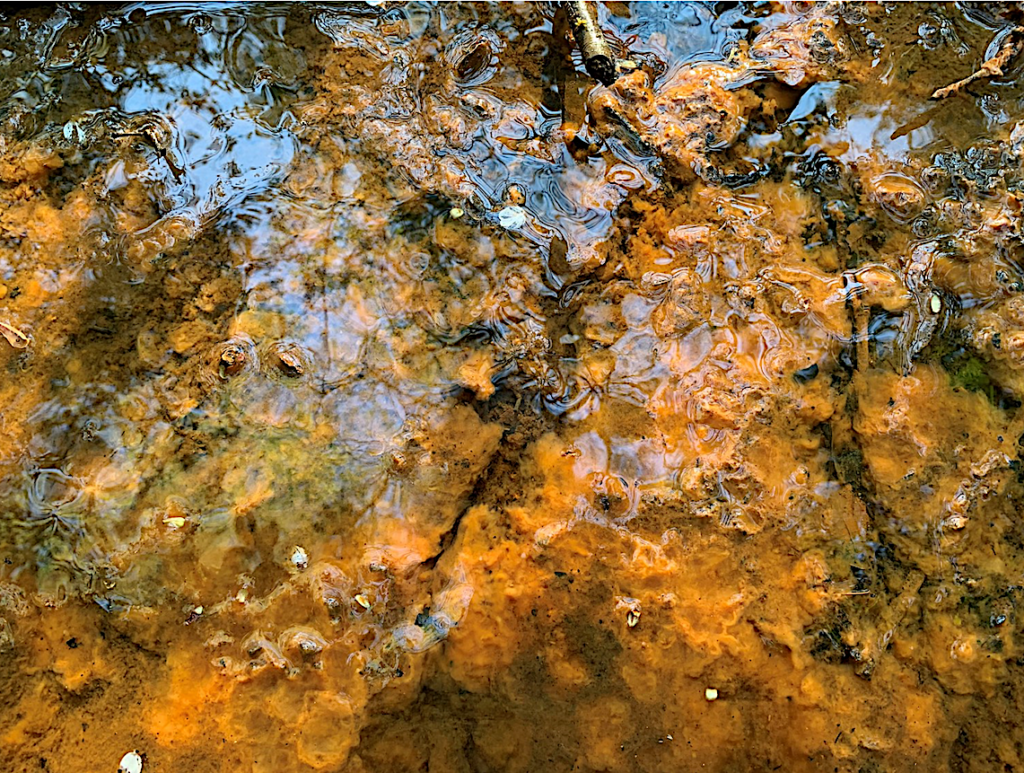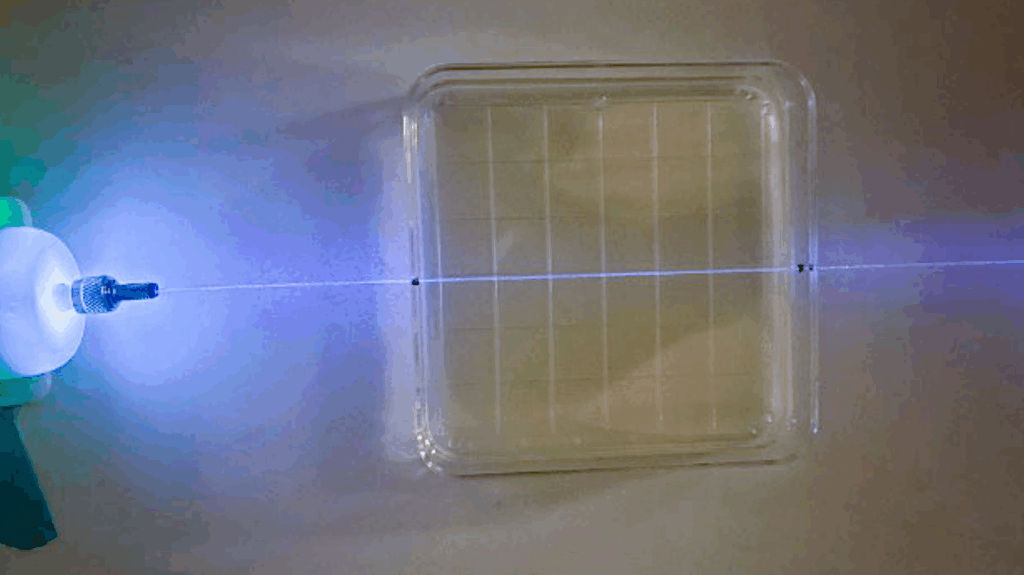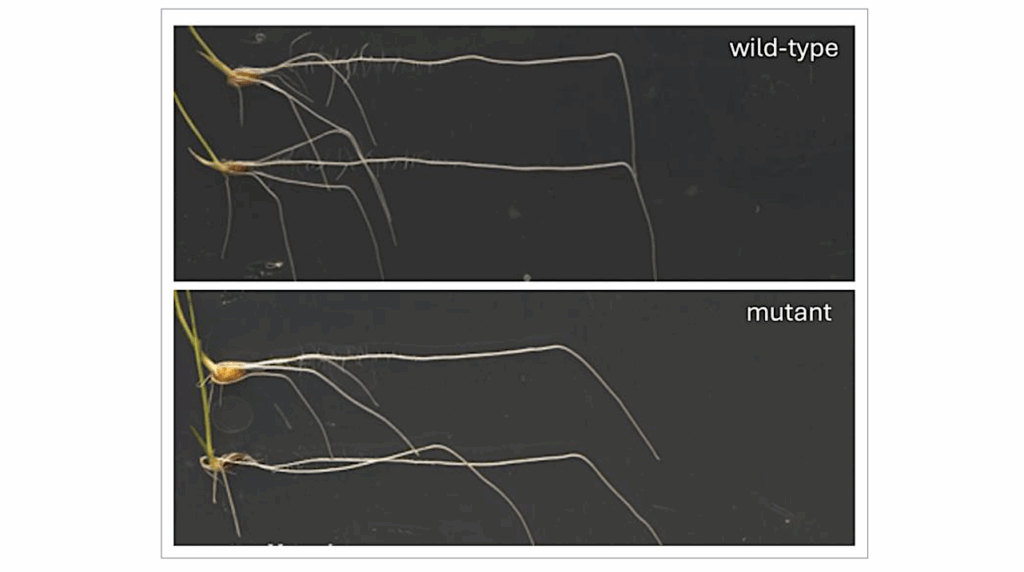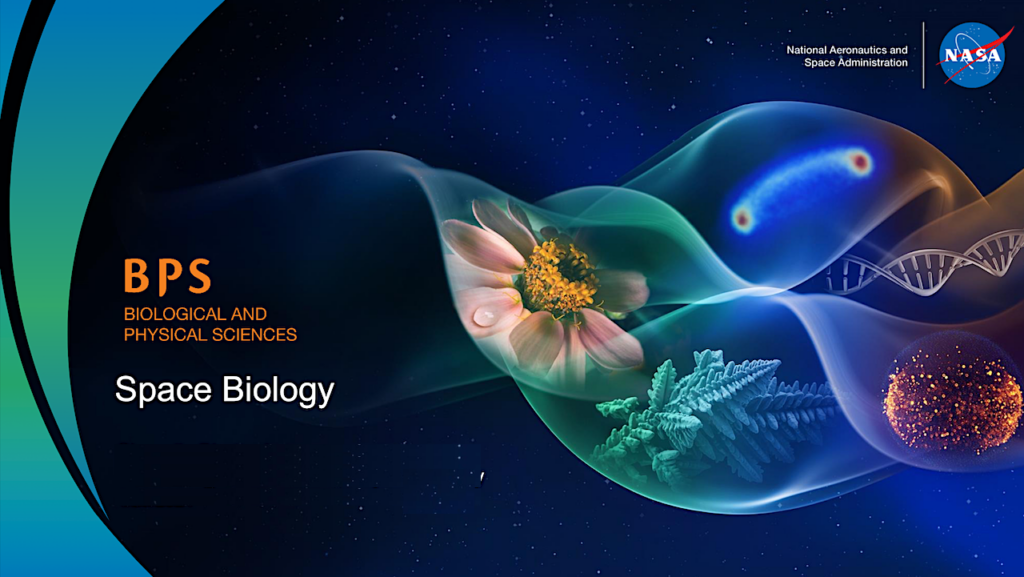OSU, NASA Partnership Will Send Microbes To Space To See How They Grow In Low Gravity

Two Oregon State University College of Engineering faculty members are partnering with NASA on a $525,000 National Science Foundation project to examine the role that gravity, or the lack thereof, plays in microbial growth.
Dorthe Wildenschild and Tala Navab-Daneshmand will send specimens to the International Space Station to see how biofilms – aggregates of microorganisms that stick to each other and to surfaces – develop in “partially and variably water-saturated porous media,” in this case damp dirt and rocks where water is non-uniformly distributed and therefore not always readily accessible to microbes.
Learning more about the development of biofilms in porous media has societal impacts on Earth through a range of applications, Wildenschild said – in fields such as groundwater remediation, water treatment, and soil and agricultural science. In addition, biofilms contribute greatly to the fouling of mechanical and medical devices, including implants.
New information about microgravity-grown biofilms can also lead to improved understanding of altered microbial behavior in space that can affect engineered systems, as well as human health on crewed spaceflights, she added.

Image from a lake in Southampton, UK. At the shallow end of the lake this bright orange slime collects along the edges of the water as a result of bacteria that oxidises the iron released from the ground water. The reflection in the water of the blue sky above balances the bright oranges and yellows of the slime. Image by Jennifer Dewing from the University of Southampton, UK. Image provided by the National Biofilms Innovation Centre.
The environmental engineering researchers are hoping the OSU samples can be launched to the space station via space shuttle in late summer 2025 – and are planning for some of the work performed on them by astronauts to be live-communicated as part of STEM outreach events on the Oregon State campus.
“We don’t know yet when we will be offered a spot on a space freighter, but we will likely need more than a year and a half to prep for sending the samples up and preparing the highly detailed protocols for the astronauts,” Wildenschild said.
The project will pay particular attention to the tradeoff between capillarity and gravitational forces in microbial growth. Capillarity is a phenomenon, driven in part by a liquid’s surface tension, in which a liquid spontaneously rises or falls in a narrow space, such as a thin tube – or in the voids of a porous material.

X-ray tomography-based 3D visualizations of microbial biofilm architecture and distribution in porous media columns. The experiments represent three different flow rates, varying three orders of magnitude (slowest on the left, fastest on the right). The glass beads (representing a simplified version of a groundwater aquifer material) are gray, and the biofilm is purple. Image provided by Dorthe Wildenschild, OSU College of Engineering. Ostvar, S., Iltis, G., Davit, Y., Schlüter, S., Andersson, L., Wood, B.D., and D. Wildenschild, Advances in Water Resources, Volume 117, 2018, https://doi.org/10.1016/j.advwatres.2018.03.018
The researchers want to know what role capillarity plays in how biofilms grow and evolve into three-dimensional structures in the pore space. Gravity also plays a part in that growth and evolution, and on Earth, they can’t switch gravity off to study only the role of capillarity.
“We’re sending the samples to space to eliminate gravity so we can better understand the interplay between gravity and capillarity, and how each of these forces affect biofilm growth and architecture,” Wildenschild said. “The research conducted on the ISS will also provide opportunities to explore 3D objects when the samples are microCT scanned upon return to Earth to allow for comparison between biofilms grown in the presence or absence of gravity. The 3D scans will give viewers the feeling of flying through the object.”
The researchers hypothesize that based on the flow domain – the interplay between capillary, gravitational and viscous forces – they can predict what kind of biofilm will grow: compact, fluffy, patchy, etc. Viscosity affects a fluid’s resistance to flow.
“We can control viscosity and by turning off gravity in space, we can compare the growth patterns to those obtained on earth and thereby tease out the role gravity versus capillarity plays in the formation of biofilms,” Wildenschild said.
Astrobiology








